Untreated heat exhaustion can turn into heatstroke which can. In these situations there.
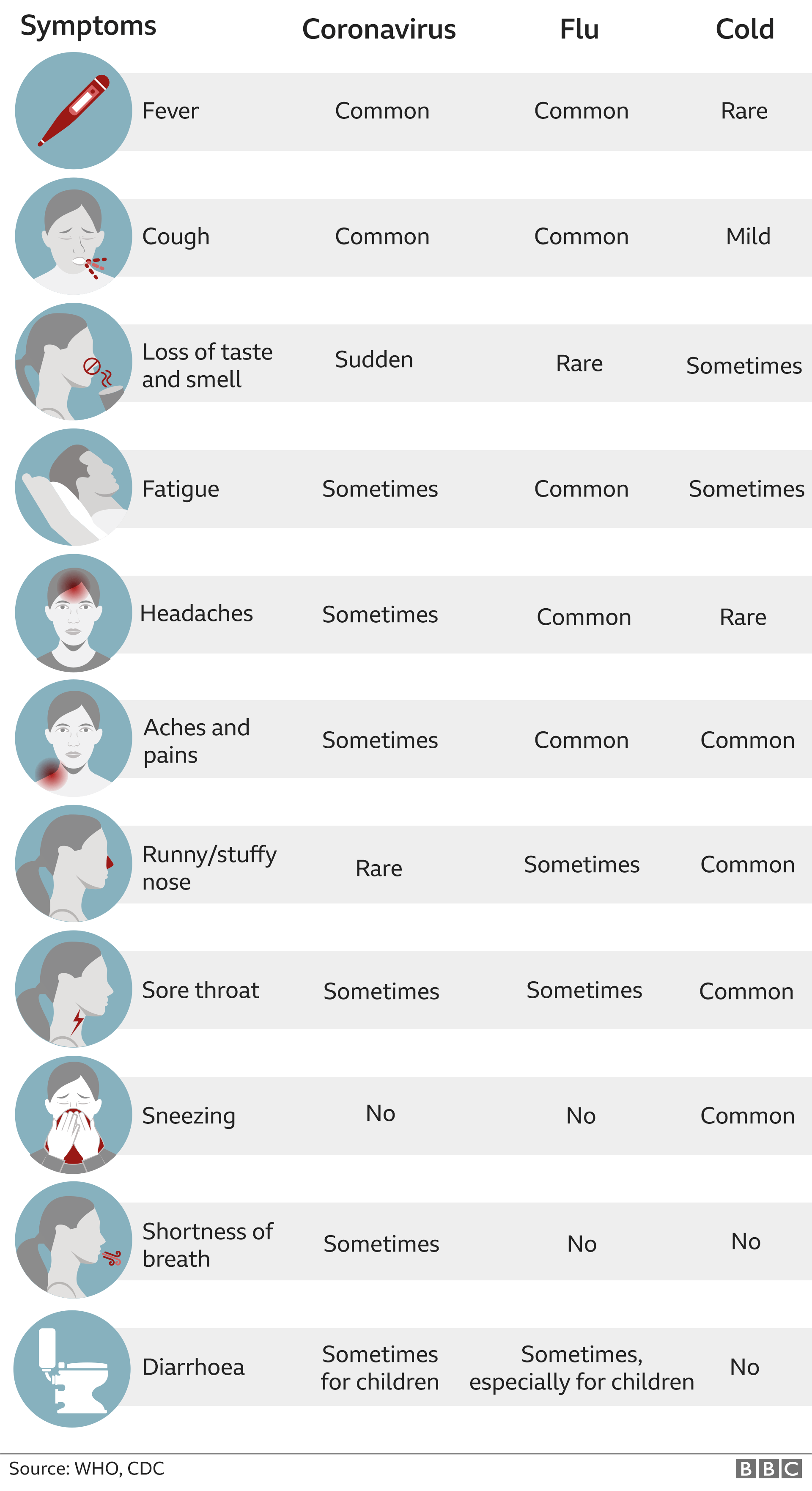 Covid Symptoms Is It A Cold Flu Or Coronavirus Bbc News
Covid Symptoms Is It A Cold Flu Or Coronavirus Bbc News
Flu without a fever Flu can cause symptoms such as coughing muscle pain and fatigue.
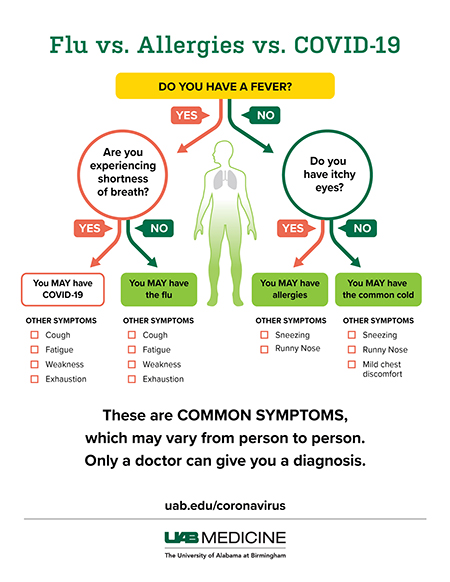
Cold symptoms without fever. If a person does not cool down or get better within 1 hour they should seek medical help immediately. However the cough can persist for several weeks after the fever has gone. Bronchitis typically causes a productive cough along with a low-grade fever.
Sinus pain can also give you earaches dental pain and. If you have flu-like symptoms but no fever you might suspect that you have a cold. Emotional stress that is the release into the blood of an increased amount of adrenaline is also able to raise body temperature and cause adrenaline hyperthermia.
The most common symptoms of a cold include nasal congestion runny nose watery eyes sneezing sore throat coughing mild fatigue and achy muscles. Hypoglycemia can cause chills without a fever. Temperature without cold symptoms the so-called subfebrile fever often accompanied by anemia - a low level of hemoglobin in the blood.
Along with a cough there may be sneezing and a sore throat and runny nose. It is not always easy to tell the difference and even a cold can cause you to have a mild fever. Colds tend to develop more gradually and are less severe although they do still make you feel unwell.
Some people are infected but dont notice any symptoms. Most people will have mild symptoms and get better on their own. Even if your fever isnt particularly high running a low-grade fever for several days in a row could be a sign your body is trying to fight off more than a cold says Dr.
The symptoms of a cold and of the flu are very similar. The relentless pressure and swelling in your sinuses can give you symptoms of a headache. This is a bacterial.
COVID-19 is a respiratory condition caused by a coronavirus. Pneumonia symptoms such as fever may be absent or less severe in some populations including. Some people may have similar symptoms to a cold with no fever.
While a fever is commonly associated with COVID-19 many people may have the illness but no fever. In this article learn more about whether a person can have the flu without experiencing a fever. Others may only have a loss of smell or taste and some may have no symptoms at all.
If you feel that this condition is the main cause of your chills you need to drink something sweet. You usually do not experience a fever with a. In general the symptoms of the flu are much more severe than those of the cold.
It is worth noting that when people experience COVID-19 symptoms. Some of the results of this immune system reaction are the standard cold symptoms of coughing sneezing nasal congestion and body aches. Other symptoms of hypoglycemia include dizziness cold sweats hunger rapid heartbeat headaches sweating anxiety and dizziness.
But about 1 in.
:max_bytes(150000):strip_icc()/when-to-see-a-doctor-for-a-fever-770768_FINAL-5c05c20ec9e77c0001e07722.png)
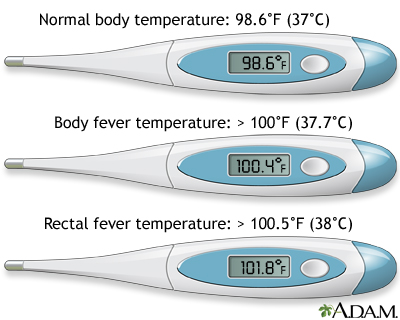


/what-is-a-fever-770340-FINAL-082f93b6bff44df9968c01d9e7f5de44.png)
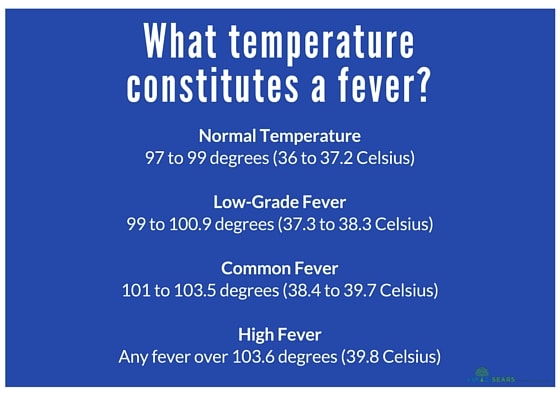


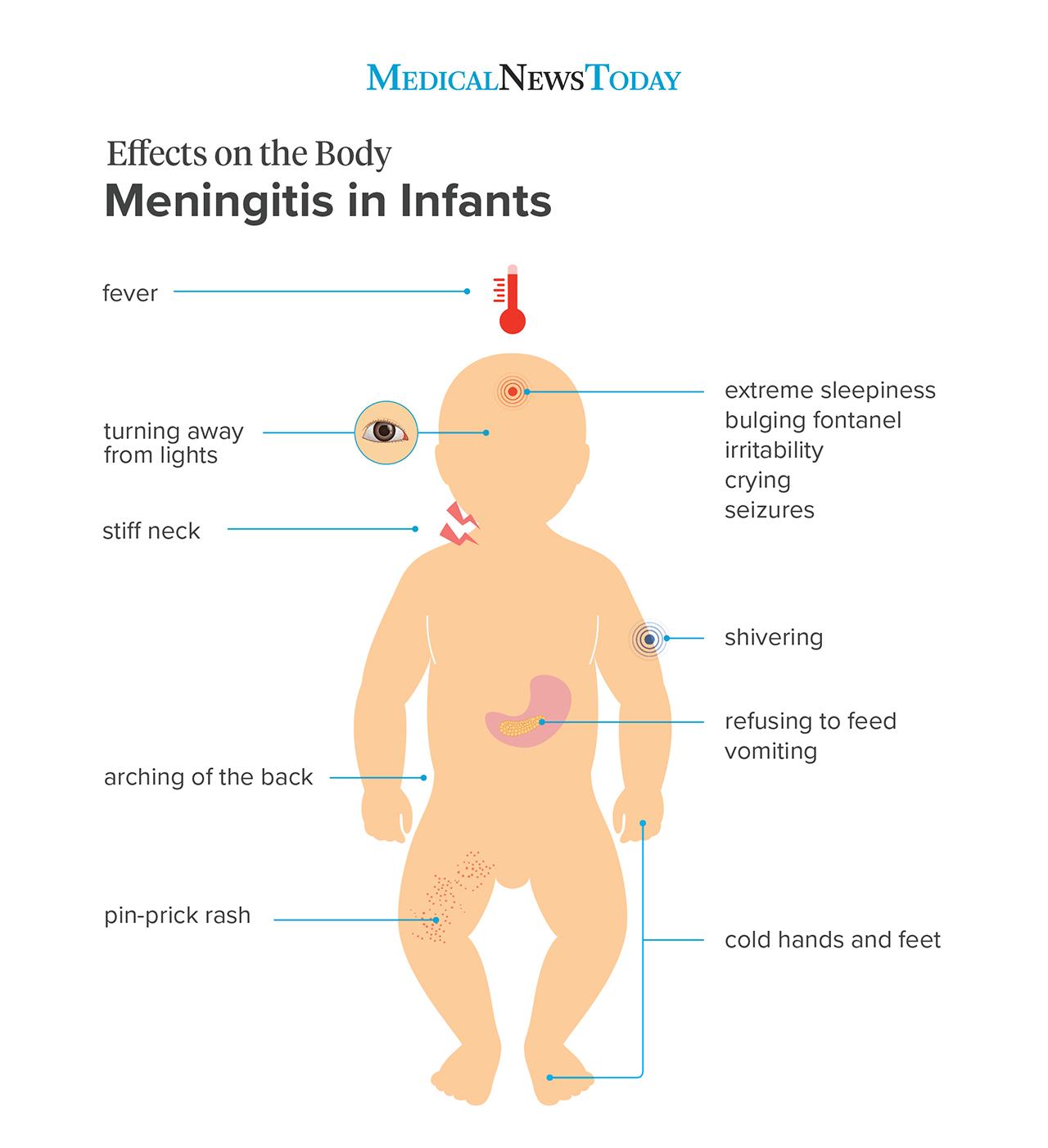

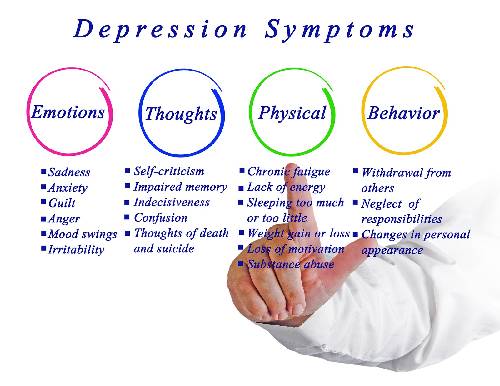


:max_bytes(150000):strip_icc()/what-is-a-fever-770340-V1-33dd04a40d6c4d618c231bb656514dcd.png)
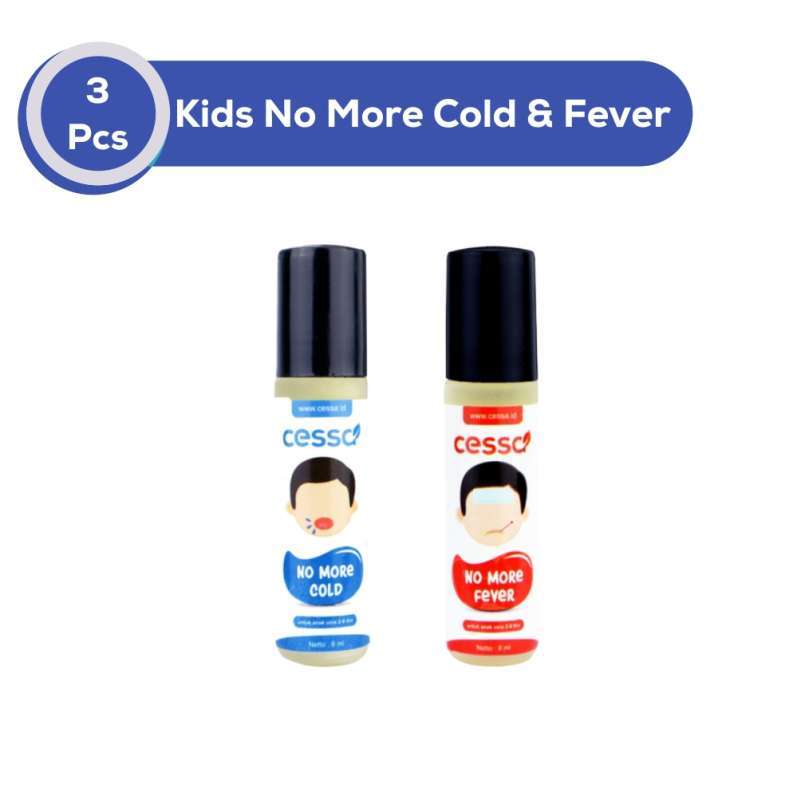

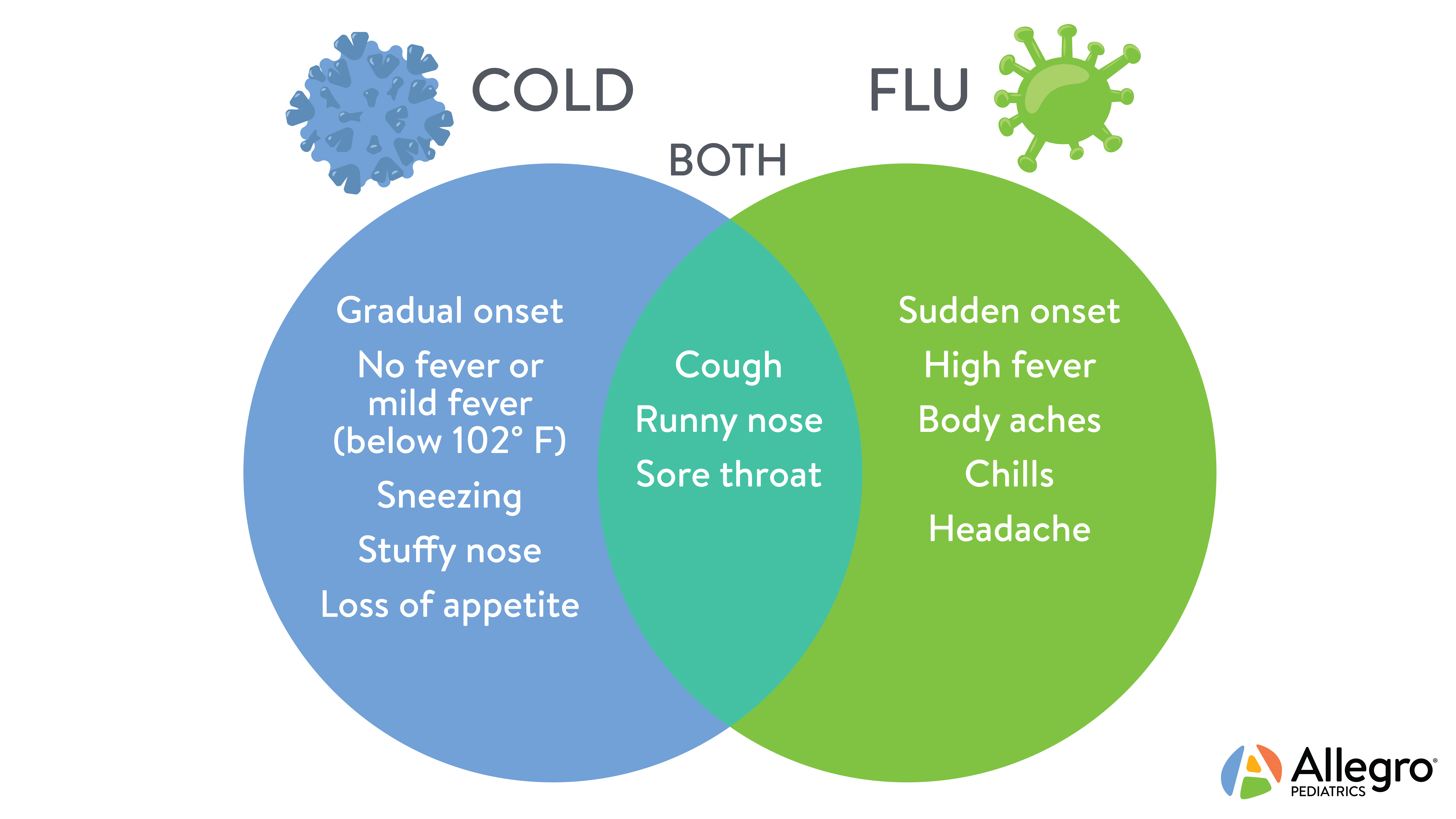
/flu-shot-side-effects-2634615_final1-5b24152c3037130036e5da9e.png)
:max_bytes(150000):strip_icc()/fever-as-a-symptom-of-cancer-514434_final-7e069dd7ce444357b3536d0897e16b00.jpg)
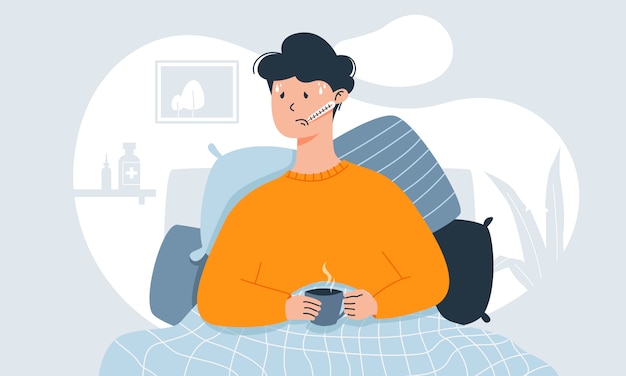
/meningitis-symptoms-5af1aa991f4e1300375f6d48.png)
